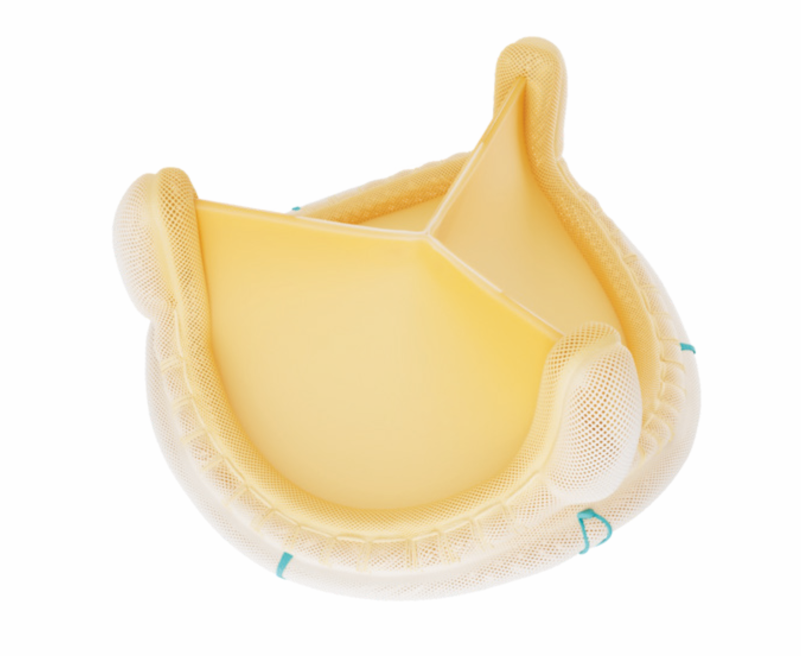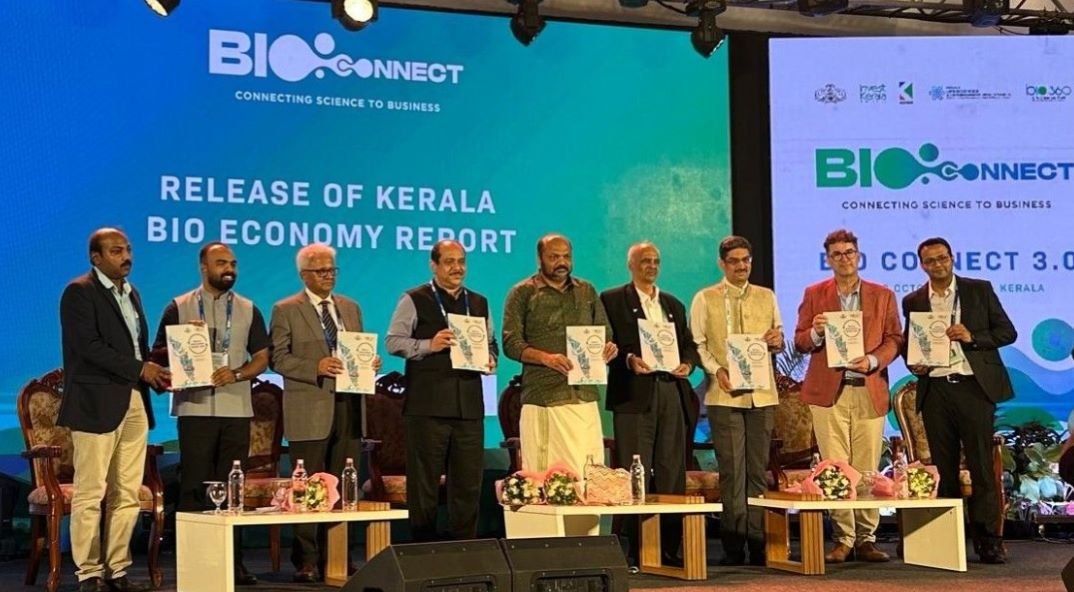2021 setting waves of Glocal
December 29, 2020 | Tuesday | Features
The pandemic has forced the life sciences industry to move beyond its traditional methods of operating, thereby setting new trends for 2021 in the form of strengthening API manufacturing, building diagnostic & medtech capabilities, increasing collaboration, enhancing drug development and adopting digital transformation. India is all set to embrace a glocal approach by bracing the local talent and delivering global standards.
Much of the world has spent the last two quarters under some form of lockdown hoping for a therapy or vaccine that will put an end to the pandemic. While most industries have been struggling with the impact of COVID-19 and the slow moving economy, there is one industry that has quickly adapted itself so as to control the situation i.e. the life sciences industry.
The pandemic has made India realise the importance of biomedical resources for the healthcare system and research community. It has pushed India to optimise the latent capabilities it possesses across the public and private sector to promote indigenous development and manufacturing particularly in the space of diagnostics and medical devices. The current situation has come across as a catalyst to reinforce the Make in India initiative.
The building of indigenous diagnostic and medical technology capabilities is a major trend to look up to in 2021 especially after the government having given approval for setting up four medical device parks with a view to support Make in India initiative and provide world-class products at affordable price for treatment.
“One of the new high growth sectors where export driven world class manufacturing facilities can be established in India is the medical devices. India ranks in top 20 in the world by market size. Indian medical devices industry is growing at a CAGR of 16 per cent against global growth rate of 4 per cent in the sector. The industry is valued at $5 billion and contributes only 4-5 per cent of India’s total healthcare sector of $97 billion”, points out Sudhir H Kapadia, National Tax Leader, EY India, Mumbai.
Secondly, the pandemic has forced the pharma industry to move beyond its traditional methods of operating. For instance, as the confidence over the Chinese supply chain weakened, manufacturers started examining alternative sources for active pharmaceutical ingredients (API) outside China, particularly for India which is the largest producer of generic medicines catering to over 60 per cent of the world's demand.
Although, the dependence on China for APIs has been an ongoing concern for the industry, the outbreak of coronavirus disease turned around as a wake-up call for the India’s pharmaceutical industry, asking for a holistic ecosystem to capitalise on the full potential of its API manufacturing capabilities.
Revival of India’s API industry is another major trend to look forward to in 2021. It seems likely to be possible especially with the government set to establish three bulk drug parks, each with an investment of Rs 10,000 crore, to reduce the dependence of the Indian drug manufacturing companies for API, especially from China.
“The Indian API industry has been struggling for a long time because of high dependence on China, which accounts for the bulk of the total imports. Because of this, API prices have been very volatile and we have seen prices of APIs going up by more than 100 per cent in the recent past. India needs a conducive ecosystem to rebuild its API manufacturing capabilities, which would require favourable policies from the government and a supportive financial ecosystem to boost private and foreign investment”, says Sujay Shetty, Partner, Health Industries, PwC India, Mumbai.
Another trend likely to be adopted in 2021 is increased collaboration and partnership. At present, the need to accelerate the development and production of COVID-19 vaccines has given rise to several public and private partnerships. The industry is also witnessing a rise in novel cross-sectoral partnerships.
For example, Pune based Serum Institute of India is manufacturing doses for a COVID-19 vaccine candidate developed by the University of Oxford in the UK. Similarly, Hyderabad based Biological E has partnered with US based Baylor College of Medicine to scale-up the manufacturing process and undertake further development of a COVID-19 vaccine candidate. These are just a few examples out of the many local and global partnerships India has witnessed in 2020, owing to the ongoing pandemic.
Talking about the prospects for the biopharmaceutical industry for 2021 Dr K V Balasubramaniam, Life Sciences Consultant and former Managing Director, Indian Immunologicals Ltd, Hyderabad said “The COVID-19 pandemic and the remarkable response of the vaccine industry to offer cost effective solutions marks a new chapter in the history of the global vaccine industry. I expect that with strong economic recovery and increased government spending on healthcare in India, and specifically with large purchases of COVID-19 vaccines, the vibrant vaccine industry in India will witness huge growth in revenues and profitability. The same will hold for biotherapeutics and diagnostics also. I expect that new players seized with the good business prospects will enter the biopharmaceutical market resulting in increased competition intensity”.
“India can leverage its strength in manufacturing and science & technology capabilities. India can be primed to be the hub for research, innovation and shared services; and an integral partner of global R&D chain. Today, more than ever, there is a pressing need for industry, government, academia, and startups to come together to create innovation hubs in the country where research can be undertaken. This can happen when we create a strong IP and regulatory ecosystem with a heightened focus on digital innovation, biotechnology, and thrust on R&D partnership models”, shares KG Ananthakrishnan, Director General, Organisation of Pharmaceutical Producers of India (OPPI), Mumbai.
Adding on, the need to reinvigorate drug development and boosting the R&D ecosystem will require more attention in 2021. Companies would need the right technology and solutions for advancement of drug research. In the race to find vaccines, drug repurposing has emerged as the fastest route to deliver drugs to the market.
Researchers need to work on building a central repository of information about drugs being repurposed to speed up the process of getting drugs to market and helping pharma companies make informed decisions. Setting a perfect example is New Delhi based Indraprastha Institute of Information Technology (IIIT) that has developed an artificial intelligence (AI) based model to repurpose existing drugs for COVID-19 treatment.
This new trend of drug repurposing brings the focus on the growing adaptability of the new age technologies such as AI, machine learning, big data, robotics, 3D printing, blockchain etc., that are likely to be the front runners for 2021. For example, Mumbai based IT firm Tata Consultancy Services (TCS) has recently deployed a blockchain based digital supply chain platform to scale up indigenous COVID-19 diagnostic test-kit production capacity to a million test kits a day.
“Blockchain has shown potential in tracking and tracing products right from creation to sale in various industries. If adopted in the pharma supply chain, it can help companies foresee an unexpected surge in demand which can help in identifying the source of disruption”, says Subhro Mallik, Senior Vice President & Global Head of Life Sciences, Infosys, US.
According to a recent global survey conducted by Deloitte, more than 60 per cent of life sciences companies spent over $20 million on AI initiatives in 2019, and more than half expect investments in AI to increase in 2020. The survey also revealed that 43 per cent of the life sciences companies reported having successfully used AI to make processes more efficient.
“As AI moves from a “nice to have” to a “must have,” companies and their leaders should build a vision and strategy to leverage AI, then put in place the building blocks needed to scale its use. These include the right IT infrastructure, the right talent and skill sets, and creating ecosystems and alliances to access or build AI capabilities”, points out Wendell Miranda, Senior Analyst, Deloitte, Mumbai.
It is evident that these new age technologies will gradually become the prerequisite for all enterprises. The future will require the industry to act in real-time. This means that companies have to evolve rapidly and leverage emerging technological capabilities to reach that stage. For instance, cybersecurity is already witnessing a high demand as the industry has switched to work-from-home mode and conducting virtual clinical trials. Network and operations must be secured to prevent any data breach making cybersecurity an important mandate.
On this note, Tanaz Buhariwalla, India Director, IDA Ireland, Mumbai says, “Technologies that continue to be in focus and will remain so through 2021 include robotics, automation, machine learning and AI for preventive and predictive patient management to bring efficiencies in manufacturing. Supply chains will need to be transformed and automation will play a major role here. With the pharma and med device industry getting increasingly connected, the need of the hour is focused on cybersecurity and measures to prevent security breaches or in compromising the company’s systems.”
Cloud is another frontier in the drive for digitization. Considering the amount of research and resources life sciences companies employ in bringing the products to the market, they certainly need a reliable and robust technological solution such as cloud on which they can depend on.
Lastly, it is proven that telemedicine and telehealth are going to be the new normal. The ability to quickly connect with a doctor virtually is turning out be a new trend setter. Doctors are now prescribing medicines online that can be further brought from an online story or e-pharmacy. The market is changing rapidly and the pharma companies must find solutions to seize this moment.
“Growth in the telehealth space will be sustained beyond the COVID-19 pandemic for the vendors who can deliver user-friendly sensors and remote diagnostic equipment, practical applications of AI and robotics, deployment of big data analytics that can help researchers learn more about the way COVID-19 progresses among diverse patient populations, and adherence to cybersecurity and privacy regulations that avoid data breaches following the use of telehealth services”, shares Victor Camlek, Healthcare Principal Analyst, Frost & Sullivan, US.
The present situation is expected to lead to a new hybrid model of healthcare in which primary care will be given virtually while hospitals will become a point of emergency care. Nevertheless, digital and analytical tools will see greater adoption in the near future. And so the industry needs to be prepared to counter similar challenges that might unfold in the coming years. It also requires the industry to embrace a glocal approach by bracing the local talent and deliver global standards.
As we step into 2021, BioSpectrum brings to you the elaborate plans of the industry players that will help them to adopt the new trends, stay more resilient in the long run and embrace the glocal approach to go forward.
------------
Dr Manbeena Chawla
(manbeena.chawla@mmactiv.com)
(with inputs from Prabhat Prakash, Pooja Yadav & Akshay Nayak)









